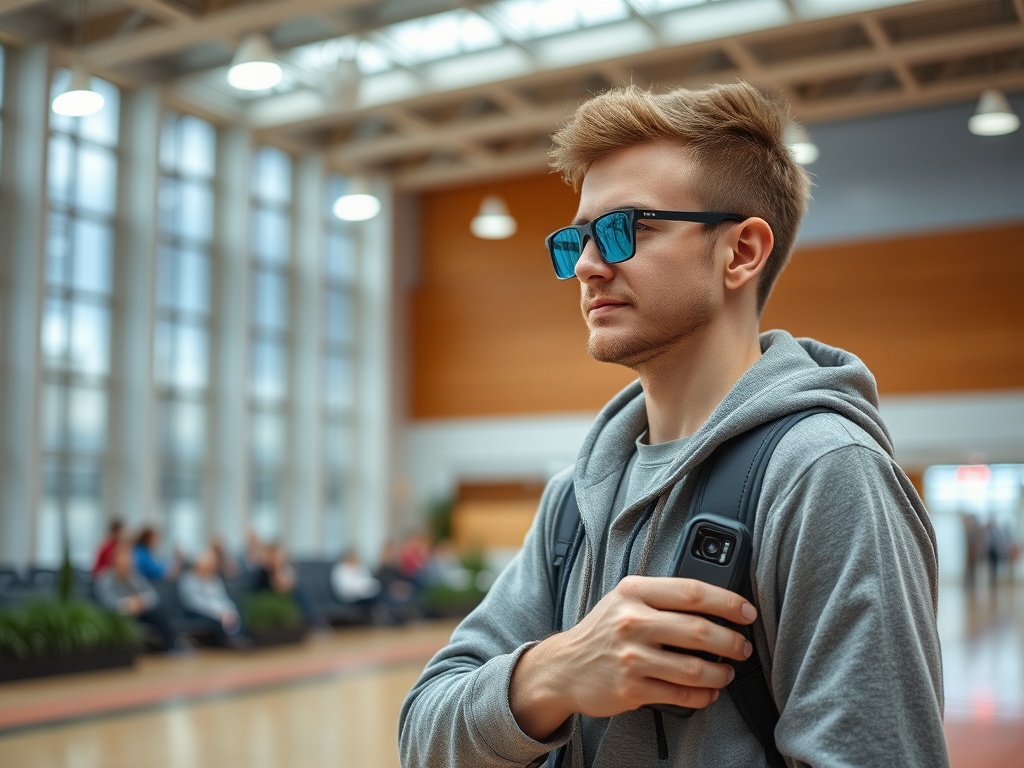The beauty and wellness industry is experiencing a dynamic shift thanks to the rapid pace of digital innovation. As technology continues to evolve, brands are adopting new tools that not only enhance consumer engagement but also personalize the overall experience. The integration of artificial intelligence, augmented reality, and e-commerce is redefining how products are marketed, sold, and consumed.
More than just a trend, these advancements have become essential for businesses aiming to thrive in today’s competitive landscape. Digital tools empower consumers to make informed decisions, allowing them to customize their beauty and wellness regimens like never before. For instance, Altegio beauty management software is making waves in efficiency, helping beauty professionals streamline operations, manage customer relationships, and enhance service delivery.
The Rise of E-commerce in the Beauty Sector

With an increasing number of consumers opting for online shopping, the beauty sector has had to adapt rapidly. E-commerce has opened the floodgates to a greater selection of products and brands, much of which is available at the consumer’s fingertips. Traditional barriers, such as geographical limitations, are disappearing, allowing customers from various locations to explore niche brands and global products. This new era has forced brands to rethink their marketing strategies to successfully capture and retain customer interest in a digital marketplace.
Social media platforms have become powerful driving forces in shaping consumer perceptions and preferences. From Instagram beauty tutorials to TikTok challenges, the influence of social media is undeniable. Brands now leverage user-generated content and influencer partnerships to reach new audiences effectively. An impressive 90% of consumers, for example, trust recommendations from influencers more than from traditional advertisements, illustrating the transformative nature of social media in the beauty landscape.
Personalized Beauty Solutions Using AI and Data Analytics

The advent of artificial intelligence and data analytics is revolutionizing personalized beauty solutions. AI technology analyzes vast datasets to provide tailored product recommendations catered to individual skin types and preferences. This level of personalization not only improves user satisfaction but also encourages brand loyalty. Customers increasingly appreciate a bespoke experience, making personalized offerings a competitive advantage for brands in today’s market.
Virtual skin consultations are another game-changing innovation, allowing customers to receive customized skincare advice from the comfort of their homes. Using diagnostic tools powered by AI, these consultations analyze skin conditions and recommend appropriate products with remarkable accuracy. As a result, consumers can feel more confident about their purchases, reducing the uncertainty that often accompanies beauty product shopping. According to recent studies, 70% of consumers prefer digital consultations for skincare advice rather than in-store visits.
| Technology Type | Description | Benefits |
|---|---|---|
| Artificial Intelligence | Analyzes consumer data for personalized recommendations. | Increases customer satisfaction and loyalty. |
| Augmented Reality | Allows virtual try-ons of beauty products. | Enhances shopping experience, reducing returns. |
| E-commerce Platforms | Facilitates online shopping for a vast array of products. | Increases reach and accessibility for brands. |
The Role of Augmented Reality in Beauty Retail
Augmented reality (AR) is a key player in shaping the retail experience within the beauty industry. By allowing customers to visualize how makeup or skincare products will look on them, AR technology enhances the purchasing process. This “try before you buy” feature not only boosts consumer confidence but also helps brands reduce return rates significantly. In fact, studies show that AR-enhanced shopping experiences can increase conversion rates by up to 40%, making it a vital tool for modern retailers. By fulfilling a crucial need in the buying journey, AR ensures that customers feel secure in their choices.
Virtual try-ons have become particularly popular among consumers seeking a more immersive shopping experience. These tools allow customers to simulate how different shades and products would look on them, bridging the gap between online shopping and in-store experiences. The benefits are substantial: not only do virtual try-ons increase user engagement, but they also significantly cut down on the number of returns due to mismatches or dissatisfaction. As brands continue to introduce this technology, it reshapes the online beauty shopping landscape, creating a win-win for both consumers and retailers.
Integration of Wellness Technology in Self-Care Routines
The integration of technology into wellness routines is no longer a novel concept; it has become essential. Wearable devices and health tracking gadgets have gained significant popularity as consumers become more health-conscious. These devices help individuals monitor their health metrics, such as heart rate, sleep patterns, and activity levels, giving them the tools they need to make informed choices.
Furthermore, wellness apps providing tailored fitness plans, meditation sessions, and nutrition guidance foster a holistic approach to self-care, empowering users to take charge of their well-being. Incorporating technology into daily routines is proving beneficial not just for individuals but also for healthcare providers who can gather valuable insights into patient health and habits.
Sustainability and Ethical Practices Driven by Technology
Sustainability and ethical practices are becoming increasingly important in the beauty and wellness sectors, and technology is leading the charge. Brands are now leveraging digital platforms to enhance transparency, ensuring that customers are well-informed about the products they use. Many beauty brands are adopting sustainable sourcing practices, which can be streamlined through advanced technological solutions.
Consumers are more inclined to support brands that showcase ethical practices and sustainable methods, and technology enables brands to share their stories, thus garnering consumer trust. Various platforms help brands track their supply chains, making it easier to maintain accountability. By embracing such innovations, the beauty and wellness industry is moving toward a more sustainable future, one that honors both the consumer’s needs and the planet.
Conclusion
Digital innovation is undeniably transforming the beauty and wellness industries, offering consumers more personalized, accessible, and sustainable options. Brands that embrace these technologies not only enhance customer experiences but also build stronger relationships with their audiences. As advancements continue to emerge, we can expect to see even more exciting integrations making their way into the market. Whether it be through enhanced e-commerce platforms or innovative wellness tracking technologies, the future of beauty and wellness is bright and dynamic.
Frequently Asked Questions
- What are some examples of digital innovations in the beauty industry? Digital innovations include e-commerce platforms, AI-driven personalized recommendations, and augmented reality for virtual try-ons.
- How is social media impacting beauty brands? Social media platforms help brands reach wider audiences and influence consumer purchasing decisions through user-generated content and influencer partnerships.
- What role does AI play in personalized skincare? AI analyzes individual preferences and skin types to provide customized skincare recommendations, enhancing customer satisfaction.
- Can augmented reality improve the shopping experience? Yes, AR allows customers to visualize how products will look on them, leading to a more informed purchasing decision.
- How are technology and wellness connected? Technology, such as wearables and health apps, provides insights that help individuals track and enhance their overall well-being.


